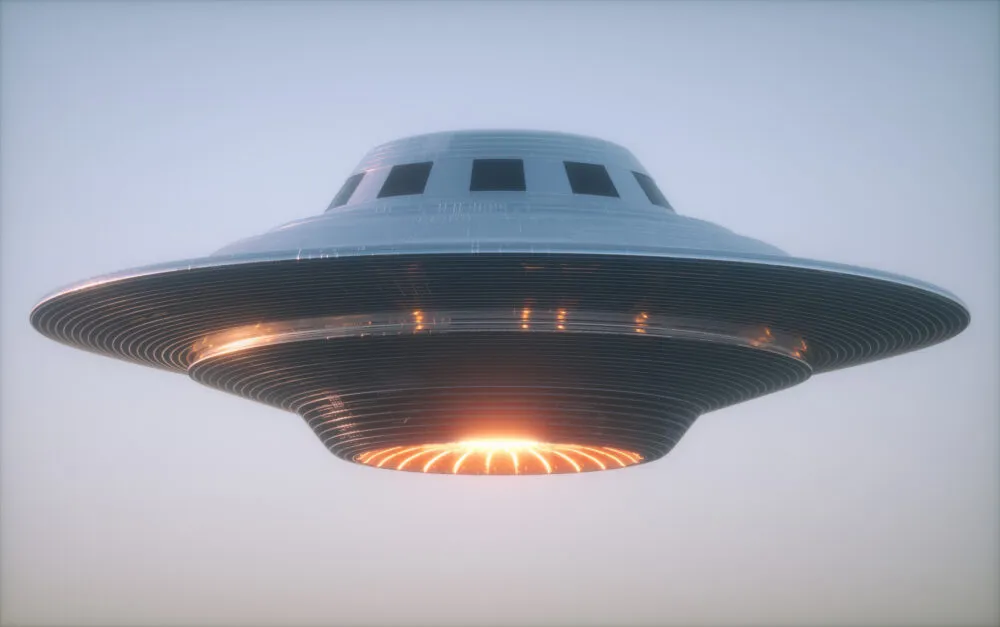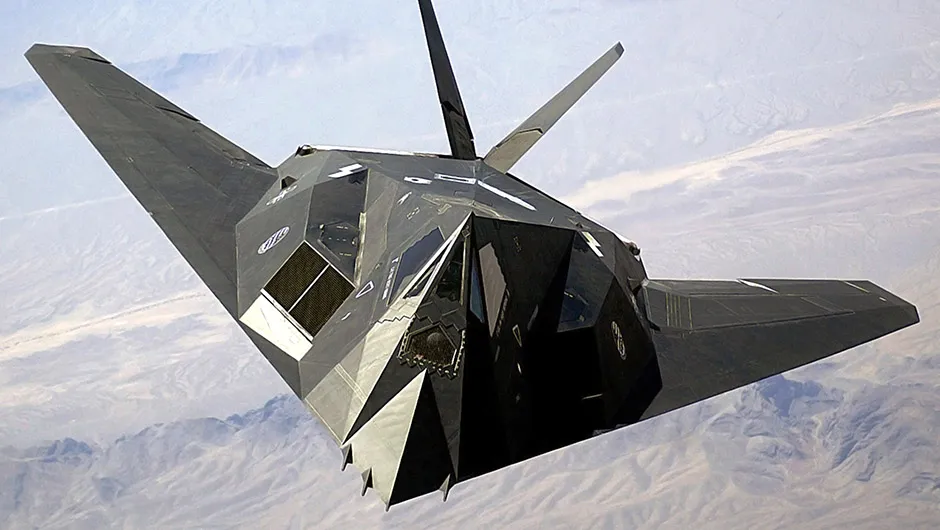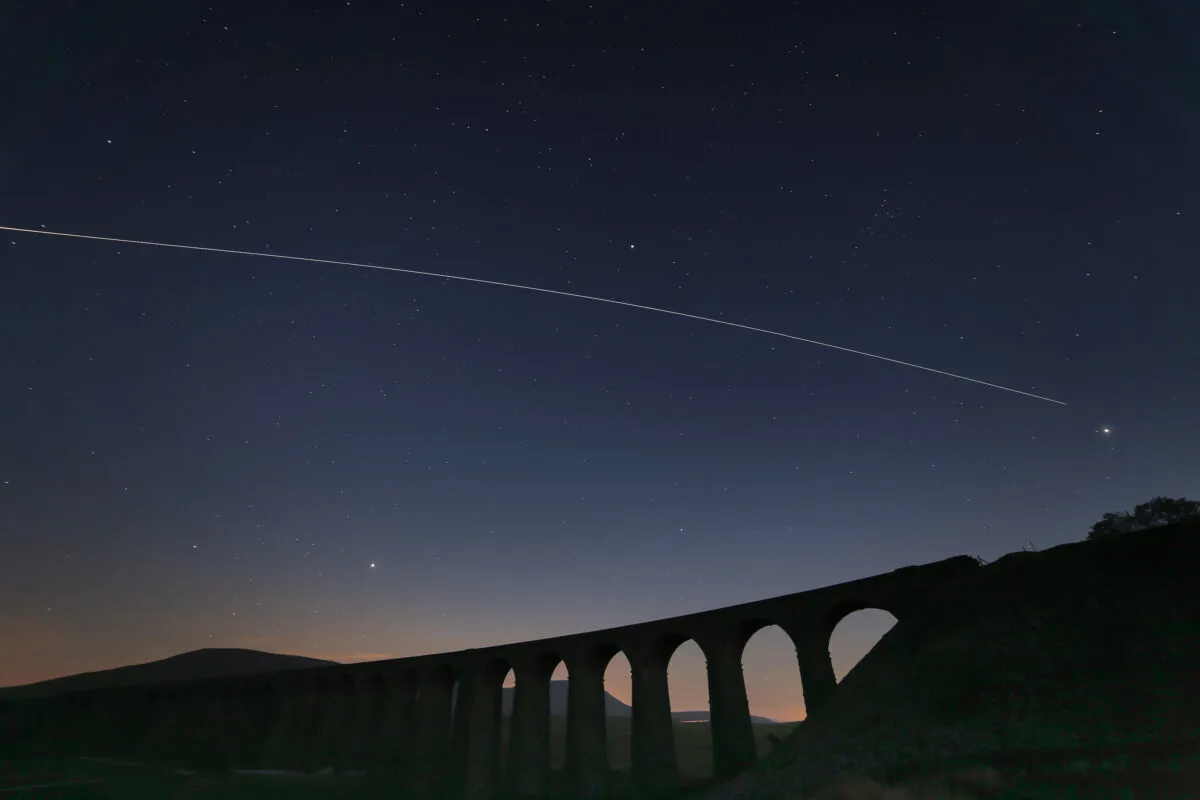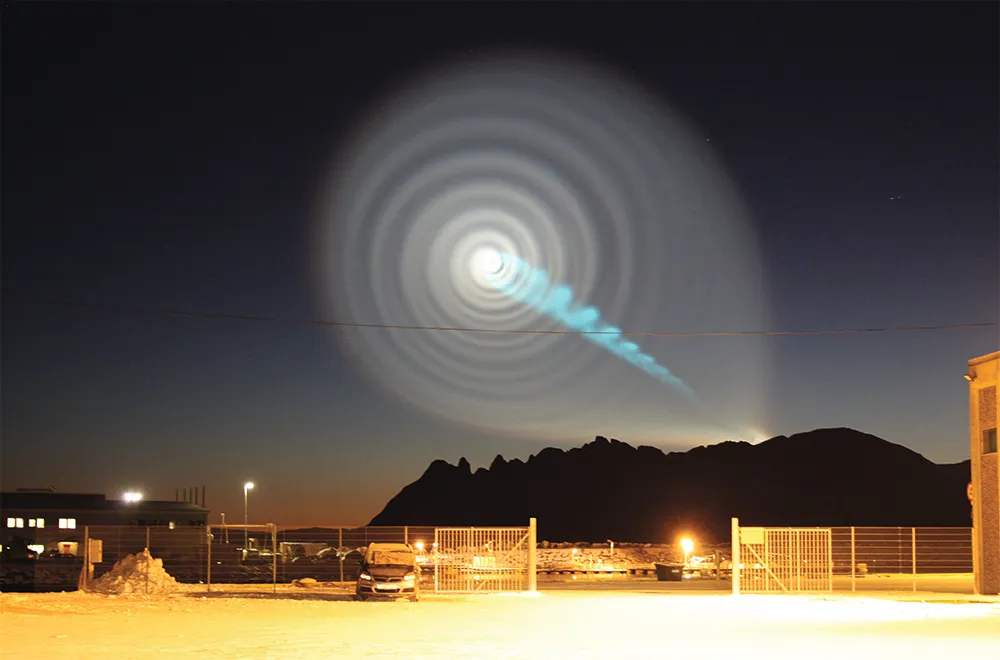Thousands of people across the world have reported unidentified objects in the night sky, many under the impression that they have witnessed a visiting alien spacecraft.
Reports often feature lights zipping across the sky, changing direction in manoeuvres that seem to defy the laws of physics, not to mention huge shapes that move silently overhead and strange objects that suddenly explode.
We've all heard the stories of the Roswell UFO incident, or the supposed alien species that many 'believers' think inhabits a star orbiting Zeta Reticuli.

UFO sightings have a long history. In 1950, the UK Ministry of Defence opened an official desk to investigate every flying saucer report in the UK.
Rather than looking for little green men, however, it was tasked with investigating possible hostile aircraft that may have secretly entered UK airspace.
The desk was closed in November 2009 and after nearly 60 years of reports, not one resulted in a genuine threat to the UK.
But rather than uncovering an extra-terrestrial conspiracy, the last batch of files released by the National Archives revealed that at the time of the closure the MoD had "no opinion" on the existence of extra-terrestrial beings, and seemed a little fed up by the hundreds of reported UFO sightings that they were receiving each year.
The reports do make interesting reading, and can all be accessed online at the National Archive UFO webpage.
But the truth is that the vast majority of UFO sightings have Earthly origins – optical illusions and rare weather among them. Here we'll look at some of the most likely suspects.
So, the next time you see something in the sky and you think it might be a UFO, consider the following possibilities.
1
Military aircraft

Top secret spyplanes like the Blackbird (Lockheed SR-71) were often taken to be UFOs during the Cold War.
In recent years, the triangular-shaped stealth fighter (F-117A Nighthawk) and bomber probably have been, too.
Who knows how many new sightings are down to top-secret craft we don’t even know about – perhaps even saucer-shaped ones?
2
Meteor fireballs

A yellow-ish object appears out of nowhere, flying fast and silent across the sky and leaving a glowing trail behind it.
The object suddenly breaks into smaller pieces before vanishing into thin air – all in under a minute.
Over-anxious witnesses might run screaming to the media, but astronomers will be content to have seen a spectacular meteor fireball.
3
Lens flare
If you’ve been observing for a long time you’ll be all too aware that light sometimes bounces off the lens elements in your camera, binoculars or telescope, causing a lens flare.
Some flares can look like solid objects and, if they’re accidentally framed in the right place, a newbie might well mistake them for an unworldly spacecraft.
4
The Moon

Sometimes all rational thought seems to go out of the window.
In 2007, a woman phoned South Wales Police to report a ‘bright stationary object’ that had been floating in the air for 30 minutes.
Later that evening, the police control room radioed to check what an officer had found.
The officer replied: “It’s the Moon. Over.”
5
The International Space Station

The International Space Station is larger than Wembley’s football pitch and significantly brighter than most night sky objects.
It moves fast, taking just a few minutes to cross the sky from one horizon to the other.
It’s also silent, perhaps startling and confusing onlookers who are used to the din of aeroplane engines.
If you do want to see it, read our guide on how to see the International Space Station.
6
Oddly shaped clouds
The closest you’ll get to seeing a classic flying saucer shape is the so-called lenticular cloud (Altocumulus lenticularis).
They form at high altitudes, near or atop mountains that have moist air blowing over them.
Although the wind speeds are high, the clouds remain stationary.
It’s not hard to imagine you’re seeing a hovering UFO, or a saucer concealed inside the cloud.
7
Sky lanterns

They’ve been used in Asia for centuries, and now sky lanterns are now becoming increasingly popular around the world. Using the heat generated by a small candle, the paper lanterns can rise up to over 1km in altitude – and if there is little wind when they are released, they can appear to hover overhead.
Several lanterns are often released at once, sometimes tied together so they appear to fly in formation. From the ground it’s easy to mistake this for a single solid object. Today, sky lanterns are the number one cause of UFO reports. In 2009, the number of sightings reported to the MoD’s UFO desk tripled, with most eventually being attributed to these floating lights.
8
Military satellites
In the 1970s, the US Navy launched a series of surveillance satellites to track Russian vessels.
Dubbed NOSS (Naval Ocean Surveillance System) by civilians, reach consists of a trio of satellites that orbit in a triangle formation and are sometimes visible to the naked eye.
9
Venus

Seen either before sunrise or after sunset, Venus is so bright it’s often mistaken for the landing lights of an aeroplane.
Unlike a plane, though, Venus is pretty much stationary, which gives imaginative observers the impression of something ‘hovering’.
Bright, orangey red Jupiter is another planet frequently taken to be a UFO.
10
Ball lightning

No one is sure what causes this electrical phenomenon, which can measure as much as 1m across. Though often associated with thunderstorms, ball lightning tends to last much longer than a lightning bolt – up to a minute rather then a split-second. It has been reported to move erratically, or hover in place, before either silently fading from view or exploding loudly.
Due to its rare and unpredictable nature there has been little study of ball lightning, but reported sightings date back centuries. There are even reports that the glowing spheres have come into people’s homes down chimneys and through windows.
11
Space debris

Junk in low Earth-orbit has become a major problem, with inoperable satellites left behind to become what is collectively known as space junk.
Eventually, atmospheric drag slows them down to the point that they fall to Earth, streaking across the sky as huge fireballs that can last for up to a minute.
Different materials in the debris can create brightly coloured trails as they burn up, adding to their otherworldly appearance.
Sometimes pieces can make it to the ground, leaving behind strangely shaped debris, which some mistake as wreckage from spacecraft of a less terrestrial origin.
12
Weather balloons

Weather stations all around the world release balloons on a daily basis, to monitor current conditions and provide better forecasts. However, an increasing number of weather balloons are being used by members of the public for scientific experiments, educational purposes or simply to capture video from the upper atmosphere.
The balloons can rise to altitudes of 40km, at which point they burst and fall to Earth. From the ground this is often mistaken for an exploding plane or spacecraft. A balloon was responsible for the most famous of all UFO sightings, the 1947 Roswell incident.
13
Rocket misfires

In the early hours of the morning on 9 December 2009, a strange white spiral appeared in the skies over Norway. It seemed to be emitting a blue beam from its centre. The weird formation was the result of a Russian Bulava missile test, in which the missile malfunctioned high in the atmosphere. The rocket went wild, venting gas from the side, making the craft spin.
Though it was still night for people on the ground, the Sun had reached the upper atmosphere, illuminating the gas as a white spiral. The light also caused fuel leaking from the missile to glow blue, giving the illusion of a ray beam emanating from the spiral.
14
Flares from aircraft

In 1997, several hundred people saw a V of lights flying over Phoenix, Arizona. It was later revealed that the lights were the result of a routine training exercise run by the Maryland Air National Guard, in which a group of planes flew in formation, dropping flares.
This kind of exercise is commonly undertaken without being noticed, but on clear nights the flares can be seen from up to 50km away. The intense heat from the flares can create currents in the surrounding air, causing them to hover. If the conditions are mild then the flares can hold their formation, creating the optical illusion of a solid object.
15
Searchlights

Massive searchlights outside clubs, theme parks and festivals are a common sight, sweeping back and forth across the clouds, but when viewed from several miles away they can look like mysterious objects moving in the night. The light
beam is so weak that it cannot be seen, leaving only the bright spots of white light.
These can be mistaken as shining through the clouds, rather than being cast on them. They often appear to be darting back and forth across the sky, but are in reality the work of a lighting technician.
16
Contrails

Perspective can easily fool the untrained eye. When a plane is flying at right angles towards the horizon and leaving a trail of artificial clouds known as a contrail behind, it can appear to be an object crashing to the ground. The effect of the wind blowing the cloud formations wider emphasises this illusion, and red light from a setting Sun can make them glow red, as if on fire.
Light glinting off the underside of a plane can make it appear as if there is a bright core to the cloud. However the object will appear to be moving very slowly. If something is really falling to Earth, it will move very quickly across the sky, even when seen from a distance.
This article first appeared in the November 2009 issue of BBC Sky at Night Magazine.
